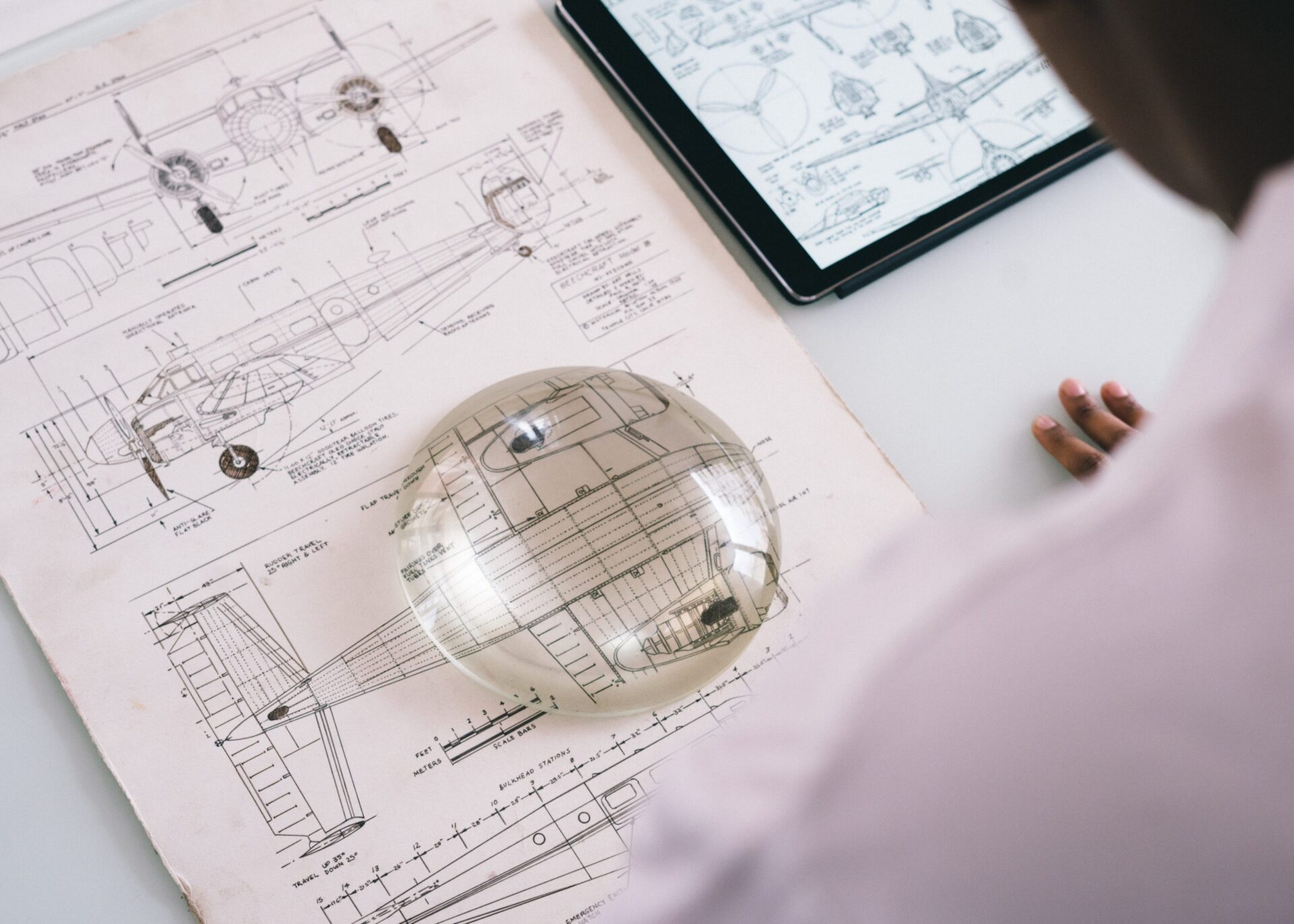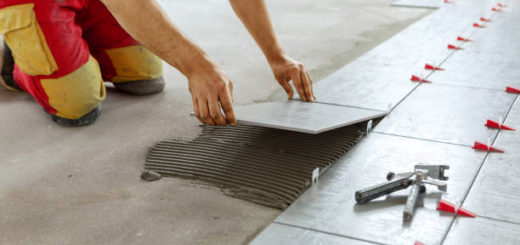As built drawings | What we need to Know
As-built drawings are an essential tool for civil engineers, providing an accurate physical representation of a space or structure as-is. Not only do as-built drawings aid in precision and accuracy, but they also serve to document space to avoid unnecessary future work. In this blog, we will explore the importance of as-built drawings in civil engineering and the role they play in streamlining the design and documentation process.
As-built drawings are not only a useful tool for civil engineers but for anyone who needs an accurate representation of physical space. Whether you’re a contractor, architect, or even a homeowner, built drawings can provide invaluable insight into the structure of a space. In many cases, as-built drawings are the only accurate way to document a space, as they are created from measurements taken on-site. This makes them an essential tool for avoiding costly mistakes and making sure that future work is unnecessary.
As built drawings are an essential part of the civil engineering process, providing an accurate and precise representation of a space. In addition to their accuracy, as-built drawings also serve to document a space, ensuring that future work is unnecessary. As built drawings are a valuable tool for anyone who needs an accurate representation of physical space, and their importance should not be underestimated.
What background for As-Built Drawings
The construction is done as per the issued drawings of the consultant or using the drawings prepared by the contractor himself complying with the design, specification, and other project requirements. However, during the construction, there are instances where these issued drawings are not used as a whole or may revise to meet the changes in the design, scope, etc.
In addition, changes in the design drawings may require addressing the practical difficulties in implementing the proposed arrangement at the site or addressing the condition of the site. There may be many similar instances that could result in altering the drawings during the construction.
In this background, different documents will be used to clarify the construction requirements. Some of those documents are,
- Revised drawings
- Sketch drawings
- Amendments to the drawings
- Clarifications through RFI (Request for Information)
- Any other instruction issued for the construction
What are As-Built Drawings
As-built drawings are the drawings that represent the whole construction. They have included all the changes made during the construction. Generally, the contractor prepares the as-built based on the actual construction and submits it for the approval of the engineers.
Having the as builts drawings is very important for future reference. Then we know the actual condition of the structure. Concrete outline, changes made to the structure, reinforcement arrangement, etc. are included in this final set of as builts drawings.
Further, if there are no changes in some of the drawings, they need not redraw or rearranged. We only modified the affected drawings by changes. However, the whole set of drawings used for the construction is considered as the as built drawings.
Responsibility for As-Builts Drawings
In general, the contractor is the one who should prepare the as-built as he is aware of the construction process. When there are several contractors in addition to the main contractor, either party may prepare drawings covering their scope of work. When special contractors are there, they can separately submit the drawings for review.
The engineer or the consultant to the project shall check the drawings submitted by the contractor or contractor together with the issued drawings, instructions, and any other amendment to the construction drawings. If they comply with the issued details, instructions, etc. engineers to the project can accept the drawings.
Why we Need As-Built Drawings
As build drawings are very important. There are many advantages to them. As builts drawings are not only civil structural drawings, it includes many other types of drawings such as electrical, mechanical, plumbing, and many other types.
When we need to repair, or modify the structure we need to be aware of the condition of the existing structure.
When plumbing arrangements are required to be adjusted for new requirements, we can refer to the as builts and do the necessary changes. If they are not available, there will be many issues and result in problems with the existing structure.
When we modify the existing structure, beam arrangement, reinforcement arrangement, etc. shall be known. Otherwise, we won’t be able to make the changes as we wish due to the unavailability of adequate information.
How Modern Construction Replaces the As-built
Preparation of the as built drawings is a very old method. Modern construction now has found different ways to have more sophisticated and advanced technologies for this purpose.
One such method is BIM. Building Information Modeling is very widely used in the world today. It enables us to visualize the project information, not like the drawings. Drawings are 2D images. But with BIM, we can have 3D visualization for a better understanding of the project features.
Software like Revit is used for modeling purposes. We can model the whole structure including the building services (MEP). When we need information on any part of services, we can go to that location and find the dates of installation, repair, make, etc. So, this is very to use fully and readily available.
Present development in the world will more recently reduce the use of the drawings that are prepared today. They may be converted to different forms in the future to meet the building information modeling methods.




